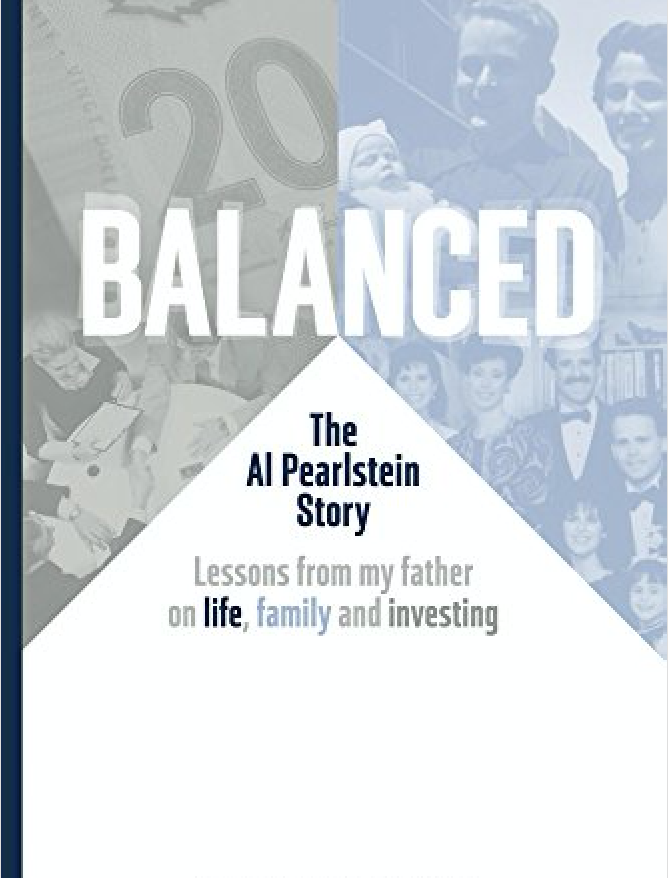If you think cold-calling clients is hard in 2019, you should talk to Al Pearlstein, the legendary Bay Street advisor whose life and career is outlined by his son in Balanced: The Al Pearlstein Story. Lessons from my father on life, family and investing.
When Pearlstein started working as a broker in 1953, it was illegal to call people at home to try to sell them stocks. If you wanted to make contact, you had to visit their office during work hours.
Then, if you were lucky enough to get through the door, you still had to convince the prospective client to invite you to their home, where you could finally make your pitch.
To find prospects, Pearlstein would go through the phone book, looking for company vice-presidents and presidents to try to determine if they owned a home, figuring that anyone with a home was likely to have enough money to invest. Once he found the right people, he’d show up at their offices and try to be seen by them, even though it often took several tries. Then he got to work trying to get them to like him and show that he knew what he was talking about – even if it took years.
“You have to be able to balance. My experience over the years is that you need about 65 per cent sales and 35 per cent knowledge,” Al Pearlstein said in an interview.
“There’s two reasons people do business with you: They think you’re the smartest person in the room, or they like you. I learned many years ago I wasn’t the smartest person in the world, so I have gone out of my way all my life to have people like me.”
Pearlstein applied his long-view approach not just to client development but also to investing.
Perhaps his patience, diligence and determination stemmed from the values instilled in him by his immigrant father, or from the childhood years he spent with relatives in California, away from his Newfoundland home, in an attempt to treat his debilitating asthma.
But it’s a tactic that served him well, as he rose from his first financial job as a chalk boy after finishing his commerce and finance degree at the University of Toronto in 1950 to one of the top salesmen in the industry and a consultant to several major pension funds.
In the book, Pearlstein’s son, Mark, details his father’s early life and investment philosophy, which he himself continues to employ in his own practice.
Al Pearlstein’s Fixed Equity Ratio involved three buckets for investments: 30 per cent of your portfolio in fixed, 30 per cent in stocks and 40 per cent where you make changes in a “contra- emotional” basis.
It’s a policy Pearlstein advocates for because it “permits sleep and peace of mind.”
Mark Pearlstein’s book is part love letter to a man he clearly admires, but also a fascinating account of how the business used to work for anyone interested in the history of investing and financial markets.
It’s also a great read for anyone who’s looking for a bit of perspective and balance.


